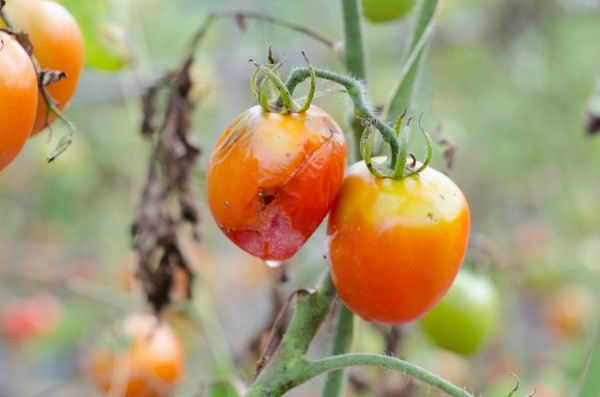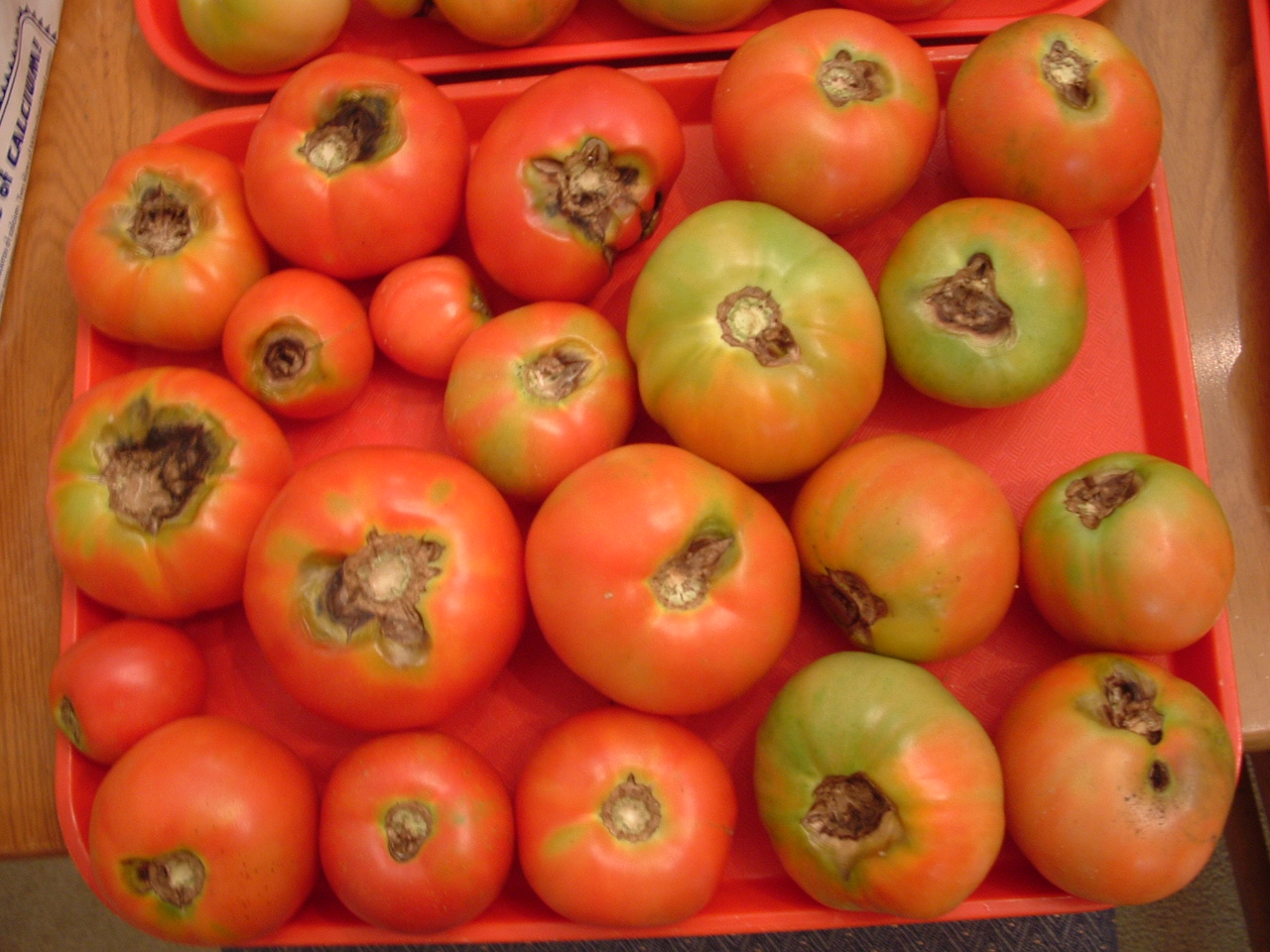

On a preventative schedule if rotation is not an option. In an area previously having early blight, apply either of the following products What should be done if tomatoes have been infected by early blight?
#PLANTS RESISTANT TO TOMATO EARLY BLIGHT PLUS#
Use resistant varieties such as ‘Mountain Fresh Plus F1’, ‘Juliet F1’, ‘Tommy Toe’,.Use certified seeds from a reputable company or seeds that were kept from disease-free.The other two diseases, Septoria leaf spots do not affect stems or fruits, butĭefoliation caused by more severe disease may expose fruits to sunscald.

Early and late blight spots do not produce pycnidia. These spots have a darkīrown margin compared with early blight’s yellow halo.Īs the spots mature, many dark brown, pimple-like structures called pycnidia (fruitingīodies of the fungus) may appear inside the spots. Inch on the leaves, with gray or tan centers (Fig. Septoria leaf spot manifests as numerous brown spots having a diameter of approximately 1/16 to 1/8 Quickly blight the stems and fruits, resulting in a leathery-brown appearance. Under humid conditions, a fuzzy mold appears on the undersides of leaves and may Near the edges of tips of foliage, and turn brown to purplish black (Fig. Late blightspots, caused by the fungus Phytopthora infestans, start out pale green, usually Early blight and closely related diseasesĭo not confuse early blight with two other diseases, late blight and Septoria leaf With a similar dark and sunken target-like appearance are often found at or above Time, the stem and fruit may also be infected, showing dark and sunken spots. The disease progresses, spots merge together and may kill the whole leaf. Rings or ridges that form a target-like pattern surrounded by a yellow halo. The spots are up to a half-inch in diameter, with concentric What are the symptoms of early blight?Įarly blight is identified by the appearance of a few (5 to 10 in most cases) circularīrown spots on a leaf. High humidity and temperaturesĪbove 75☏ favor disease development. Germinated conidia infect tissues if foliage remains wet forĪnother 5 to 10 hours, depending on the temperature. Conidia germinate in the presence of a thin film Spores surviving in the soil or plant debris are splashed on the lower leaves during With infected seeds that initiate the disease in the spring. How is early blight spread?Įarly blight fungus survives the winter on infected plant debris, or it can be brought Early blight can also affect potato foliage.

It brings significant damage to tomato leaves, stems, andįruits almost yearly in West Virginia. Lawn, Gardening & Pests Learning ActivitiesĮarly blight, caused by the fungal pathogen Alternaria solani, is one of the mostĬommon tomato diseases.


 0 kommentar(er)
0 kommentar(er)
